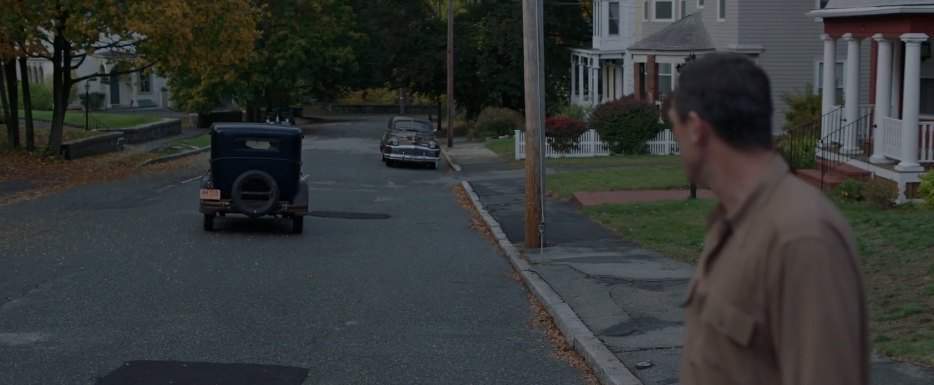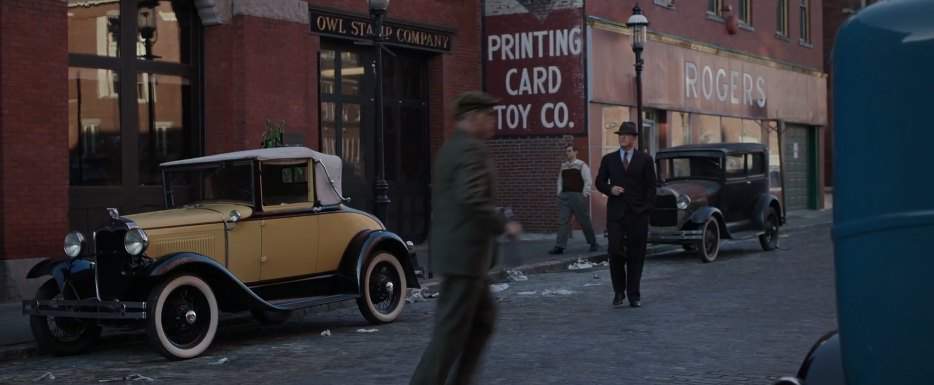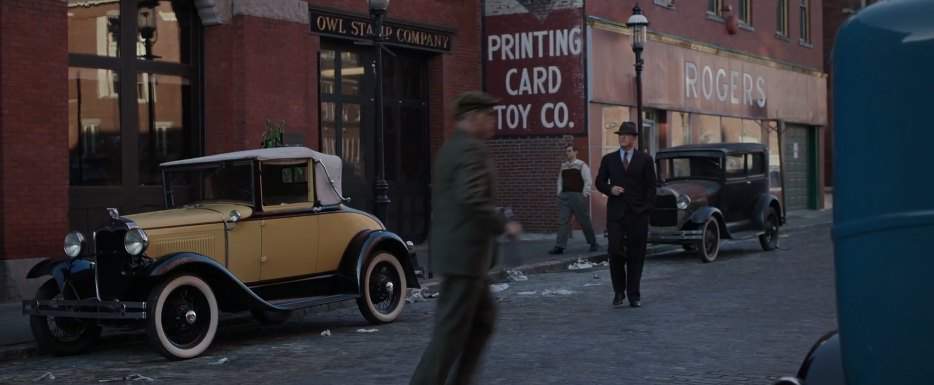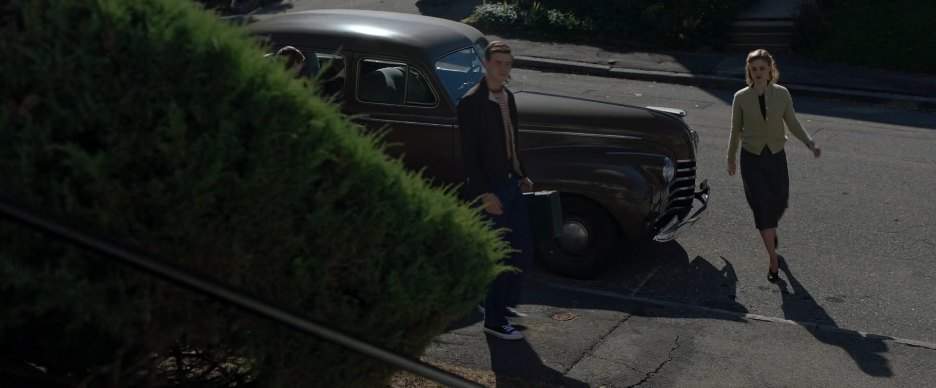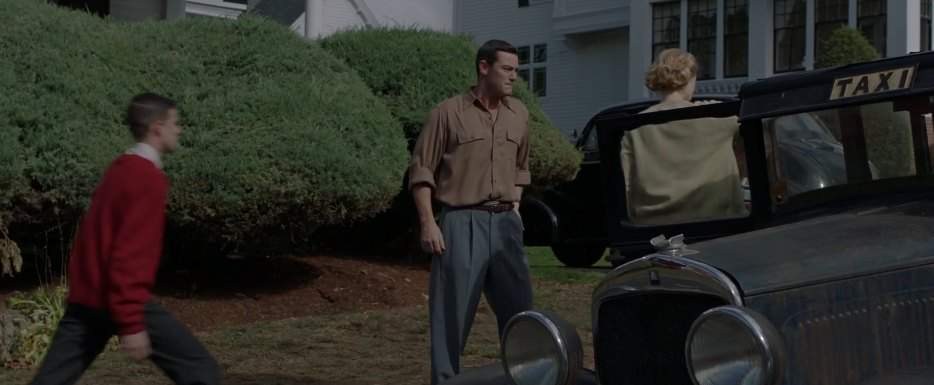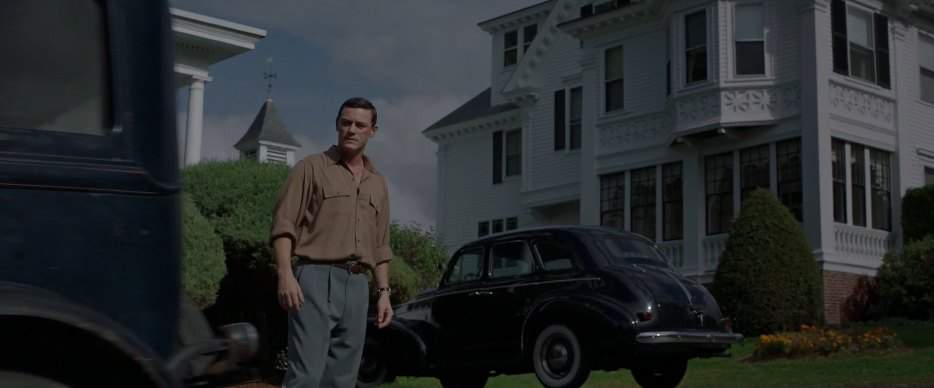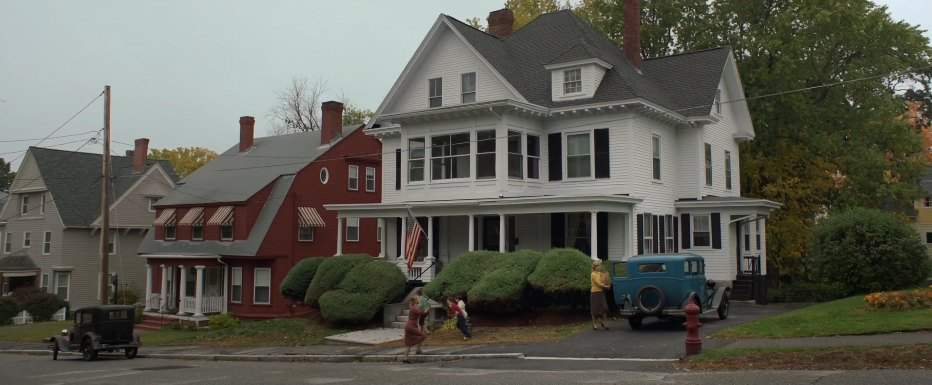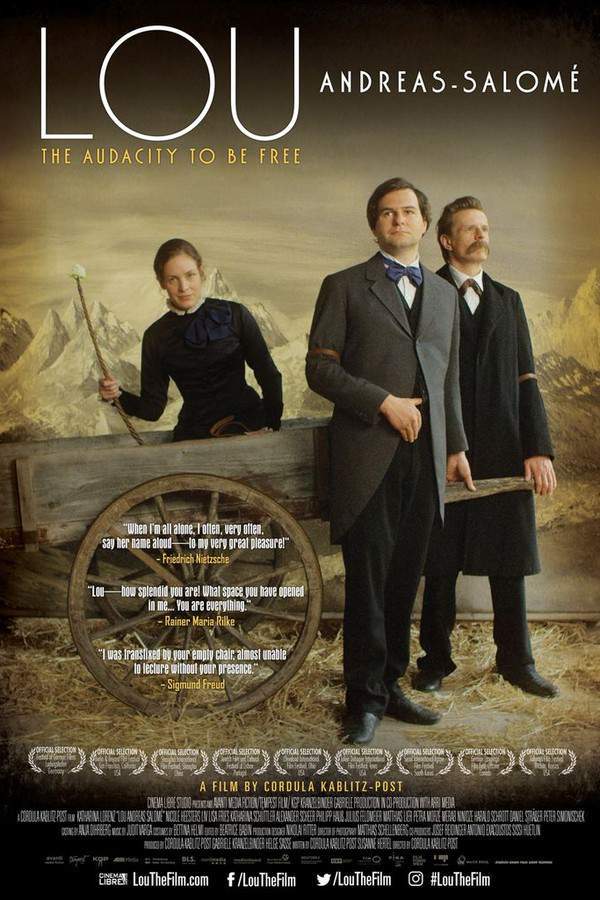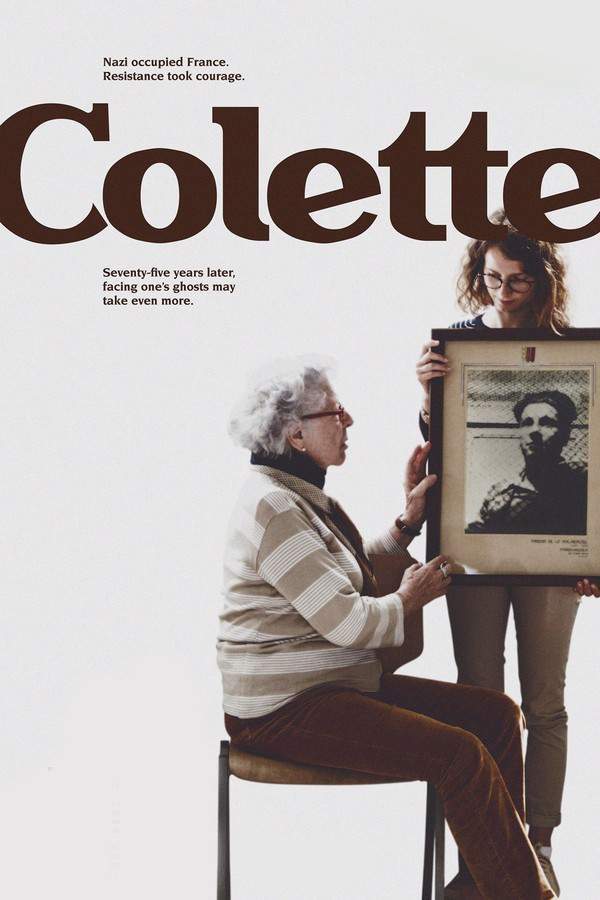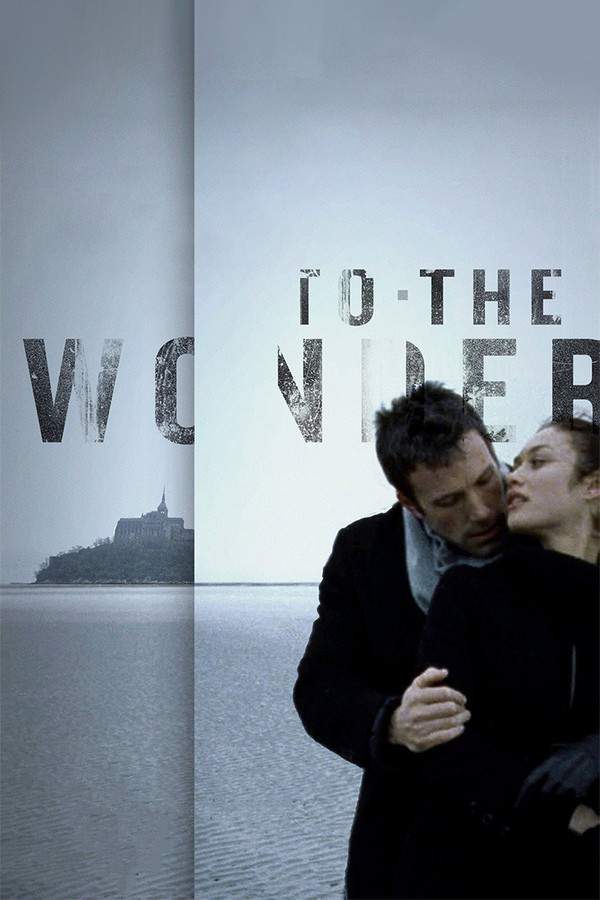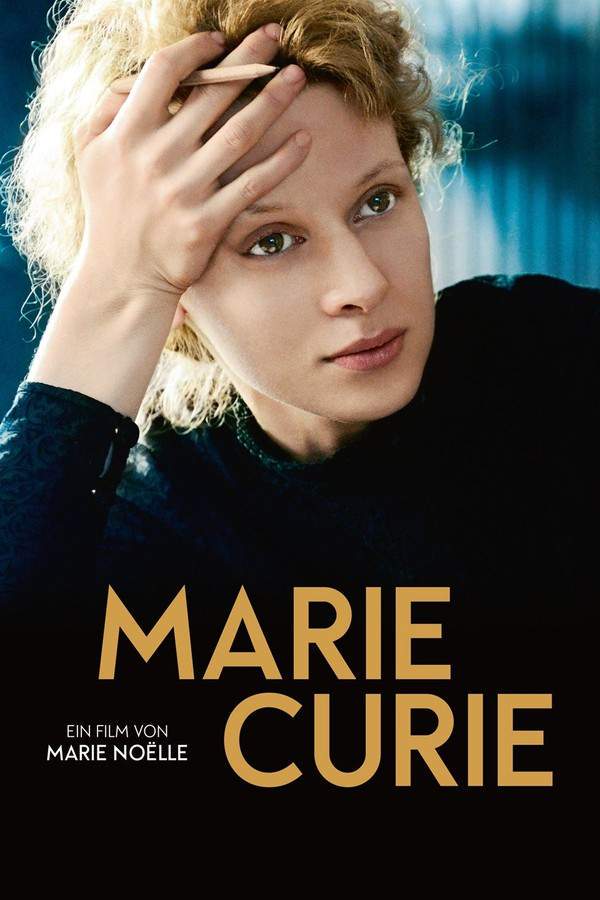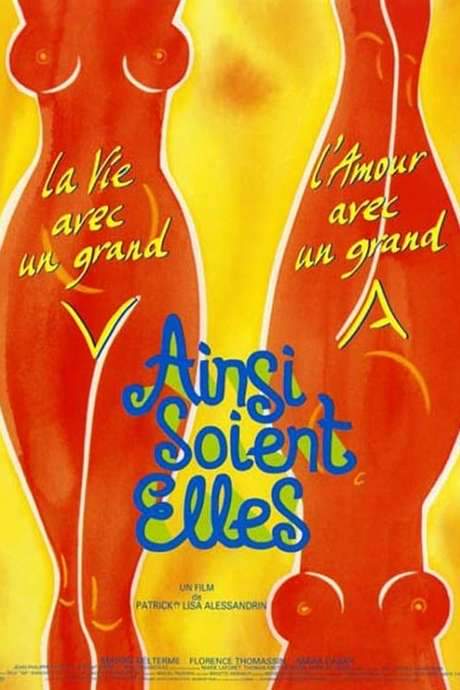Professor Marston & the Wonder Women 2017
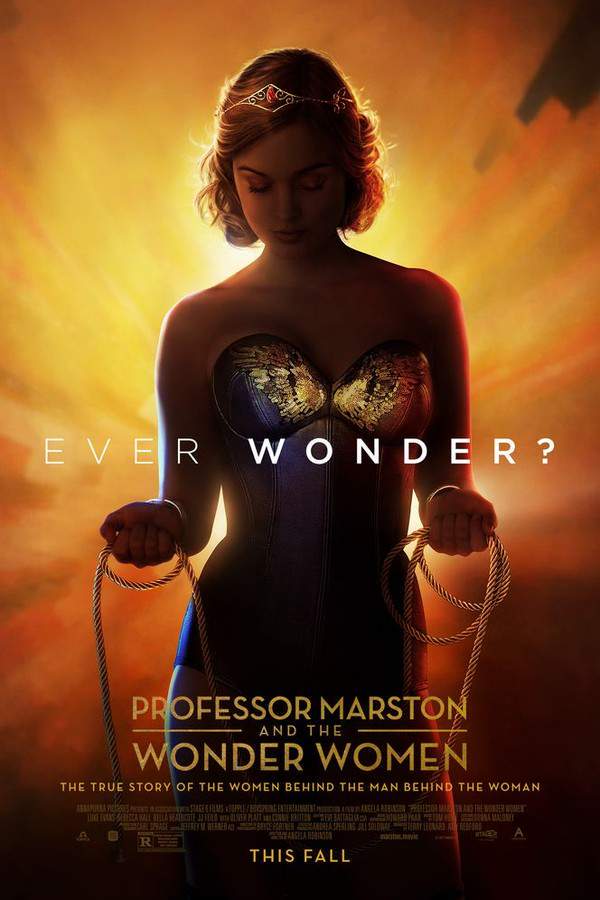
During the 1940s, Harvard psychologist William Moulton Marston developed the iconic Wonder Woman, a creation deeply influenced by his complex relationships. His wife, Elizabeth, and his lover, Olive, played significant roles in inspiring the superheroine. As Marston balanced his career aspirations with his personal life, the feminist ideals championed by both women became integral to Wonder Woman’s character and powers. The film explores the unconventional origins of the legendary character and the extraordinary women who shaped her.
Does Professor Marston & the Wonder Women have end credit scenes?
No!
Professor Marston & the Wonder Women does not have end credit scenes. You can leave when the credits roll.
Meet the Full Cast and Actors of Professor Marston & the Wonder Women
Explore the complete cast of Professor Marston & the Wonder Women, including both lead and supporting actors. Learn who plays each character, discover their past roles and achievements, and find out what makes this ensemble cast stand out in the world of film and television.
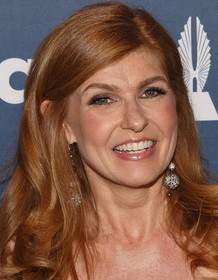
Connie Britton
Josette Frank
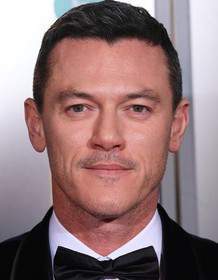
Luke Evans
William Moulton Marston

Chris Conroy
Brant Gregory
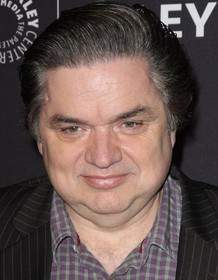
Oliver Platt
M.C. Gaines

Acei Martin
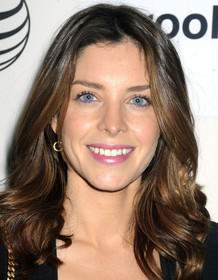
Maggie Castle
Dorothy Roubicek

Christopher Paul Richards
Teen Donn

Alexa Havins
Molly Stewart

Allie Gallerani
Sara

Allie Marshall
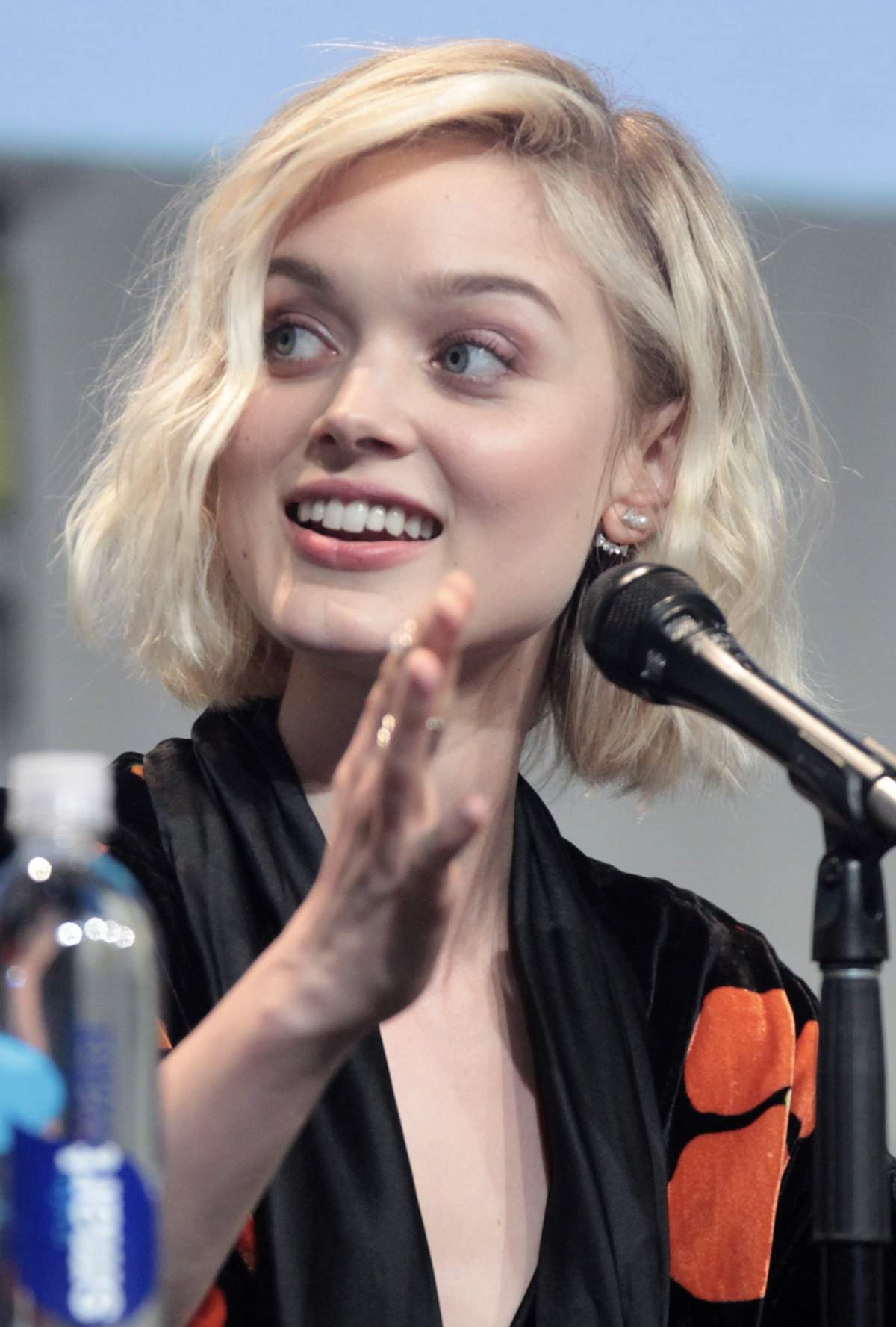
Bella Heathcote
Olive Byrne

JJ Feild
Charles Guyette

Monica Giordano
Mary

Pamela Figueiredo Wilcox

Shawn Contois
External Links and Streaming Options
Discover where to watch Professor Marston & the Wonder Women online, including streaming platforms, rental options, and official sources. Compare reviews, ratings, and in-depth movie information across sites like IMDb, TMDb, Wikipedia or Rotten Tomatoes.
Ratings and Reviews for Professor Marston & the Wonder Women
See how Professor Marston & the Wonder Women is rated across major platforms like IMDb, Metacritic, and TMDb. Compare audience scores and critic reviews to understand where Professor Marston & the Wonder Women stands among top-rated movies in its genre.

The Movie Echo Score
Professor Marston & the Wonder Women achieves a compelling balance of historical insight and emotional depth. A number of reviews highlight its evocative period design and measured exploration of the trio’s dynamics, while some note occasional pacing lulls and on-the-nose sequences. The performances, particularly Rebecca Hall’s portrayal, are frequently praised for their nuance and authenticity. Overall, the film delivers an engaging biographical drama with thoughtful visual style and a distinctive narrative perspective.
The Movie Echo Score Breakdown for Professor Marston & the Wonder Women

Art & Craft
In terms of art and craft, the film presents a carefully constructed period aesthetic with gold-toned cinematography and polished production design. Critics note strong visual cohesion through measured framing and editing, though some find the direction occasionally on-the-nose. The combination of refined set detail and balanced visual composition results in a consistently engaging visual presentation.

Character & Emotion
When it comes to character and emotion, the performances are widely regarded as one of the film’s strongest elements. Reviews emphasize Rebecca Hall’s dynamo portrayal and note nuanced chemistry among the leads. While a few observers mention occasional contrived interactions, the depth of emotional resonance and authentic character development underpin the narrative’s success.

Story & Flow
In terms of story and flow, the film benefits from an original premise drawing on real events and sustained engagement. Reviewers appreciate the insightful exploration of its trio relationship but some critique uneven pacing and occasional narrative lulls. Despite these concerns, the coherent structure and thoughtful integration of historical context maintain viewer interest throughout the runtime.

Sensory Experience
When evaluating the sensory experience, the film’s soundtrack and sound design complement its visual style without overwhelming the narrative. The gold-toned cinematography and period-appropriate score contribute to an immersive atmosphere, although the audio elements remain understated. Overall, the cohesive blend of visual and auditory elements supports the film’s thematic and emotional undertones.

Rewatch Factor
In terms of rewatch appeal, the film’s authentic performances and historical insights offer lasting value for subsequent viewings. Viewers may revisit the nuanced character interactions and period detail, although the deliberate pacing could deter some audiences on repeat watches. Ultimately, the film maintains a moderate replay factor through its thoughtful narrative layers.

68
Metascore
6.2
User Score


87%
TOMATOMETER

77%
User Score

7.0 /10
IMDb Rating

72
%
User Score

3.6
From 253 fan ratings
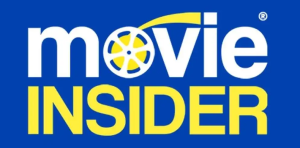
3.67/5
From 6 fan ratings
Take the Ultimate Professor Marston & the Wonder Women Movie Quiz
Challenge your knowledge of Professor Marston & the Wonder Women with this fun and interactive movie quiz. Test yourself on key plot points, iconic characters, hidden details, and memorable moments to see how well you really know the film.
Professor Marston & the Wonder Women Quiz: Test your knowledge on the intricate relationships and groundbreaking creation of Wonder Woman in this compelling film.
What year does the majority of the film's flashback take place?
1928
1945
1940
1990
Show hint
Full Plot Summary and Ending Explained for Professor Marston & the Wonder Women
Read the complete plot summary of Professor Marston & the Wonder Women, including all major events, twists, and the full ending explained in detail. Explore key characters, themes, hidden meanings, and everything you need to understand the story from beginning to end.
The narrative unfolds through a series of flashbacks during a pivotal testimony given by William Moulton Marston in 1945, before members of the Child Study Association of America. The story transports us back to 1928, where William and his wife, Elizabeth, engage in academic pursuits and research at Harvard and Radcliffe Colleges. Amidst this intellectual environment, William employs one of his students, Olive Byrne, as a research assistant. With her help, they delve deep into the invention of the lie detector and further explore William’s DISC theory. As they collaborate closely, a deep emotional connection develops among the trio.
Tests administered by the lie detector expose a powerful truth: they have all fallen in love with one another, leading to the beginning of a captivating polyamorous relationship.
However, when news of their unconventional love story begins to surface, both William and Elizabeth find themselves dismissed from their posts at the university. Shortly after, Olive announces her pregnancy and moves in with the Marstons, leading them to forge a unique family unit and construct a narrative to shield the true nature of their bond from the outside world. They settle into a quaint suburban life in New York, finding joy in their unconventional family dynamics. By 1934, both Elizabeth and Olive each give birth to William’s children—Olive has two sons while Elizabeth welcomes a son and daughter, fabricating a story to explain Olive’s presence as that of a widow taken in by the Marstons.
While William aspires to become a successful author, Elizabeth transitions into the primary breadwinner as a secretary, while Olive dedicates her time to raising the children and occasionally submitting her writing for publication. Together, they nurture their four children, with Elizabeth choosing to name her daughter after Olive.
In 1940, William discovers a lingerie shop in New York City owned by Charles Guyette, who introduces him to fetish art and comic-themed photographs that ignite his imagination and relate to his DISC theory work. Despite Elizabeth’s initial disapproval, she is persuaded during a presentation where Olive models an outfit that will ultimately become the prototype for Wonder Woman’s iconic costume.
Struggling to find consistent writing work, Marston hatches the brilliant idea of crafting a female Amazonian superheroine for a comic book, embodying his DISC theory ideals and inspired heavily by the significant women in his life. He presents this groundbreaking concept to publisher Max Gaines, who embraces it and suggests the superhero’s name be simplified to “Wonder Woman.” The comic achieves instant success, ushering prosperity into the Marston-Byrne household. However, the revelation of their unique living situation comes to light when a neighbor inadvertently stumbles upon their intimacy, resulting in bullying for their children and prompting the school to expel them. Prompted by fear for their children’s safety and social standing, Elizabeth reluctantly insists that Olive and her children leave their home.
As Wonder Woman faces scrutiny for allegedly containing sexual, sadomasochistic, and lesbian nuances, William’s testimony becomes crucial to the unfolding events. After the hearing, William suffers a collapse and is later diagnosed with terminal cancer, which pushes him to seek reconciliation with Olive and Elizabeth. In a poignant moment, William urges Elizabeth to embrace a more equitable role in their partnership. The Marstons humble themselves, pleading for Olive’s forgiveness, while Elizabeth, through tears, confesses her inability to thrive without Olive’s presence in their lives. Ultimately, she consents to reunite with them.
In a touching epilogue, we learn that William passed away in 1947, but his legacy continued with Elizabeth and Olive cohabitating as partners for an impressive 43 years, until Olive’s death in 1990. Elizabeth lived to the remarkable age of 100. The aftermath revealed that the sexual imagery prevalent in Wonder Woman comics diminished following William’s death, alongside her superpowers. In 1972, feminist icon Gloria Steinem triumphantly revived Wonder Woman by featuring her on the cover of Ms. Magazine, ultimately restoring her superhuman abilities.
Uncover the Details: Timeline, Characters, Themes, and Beyond!

Coming soon on iOS and Android
The Plot Explained Mobile App
From blockbusters to hidden gems — dive into movie stories anytime, anywhere. Save your favorites, discover plots faster, and never miss a twist again.
Sign up to be the first to know when we launch. Your email stays private — always.
Watch Trailers, Clips & Behind-the-Scenes for Professor Marston & the Wonder Women
Watch official trailers, exclusive clips, cast interviews, and behind-the-scenes footage from Professor Marston & the Wonder Women. Dive deeper into the making of the film, its standout moments, and key production insights.
Cars Featured in Professor Marston & the Wonder Women
Explore all cars featured in Professor Marston & the Wonder Women, including their makes, models, scenes they appear in, and their significance to the plot. A must-read for car enthusiasts and movie buffs alike.
Professor Marston & the Wonder Women Themes and Keywords
Discover the central themes, ideas, and keywords that define the movie’s story, tone, and message. Analyze the film’s deeper meanings, genre influences, and recurring concepts.
Professor Marston & the Wonder Women Other Names and Titles
Explore the various alternative titles, translations, and other names used for Professor Marston & the Wonder Women across different regions and languages. Understand how the film is marketed and recognized worldwide.
Similar Movies To Professor Marston & the Wonder Women You Should Know About
Browse a curated list of movies similar in genre, tone, characters, or story structure. Discover new titles like the one you're watching, perfect for fans of related plots, vibes, or cinematic styles.
Quick Links: Summary, Cast, Ratings, More

What's After the Movie?
Not sure whether to stay after the credits? Find out!
Explore Our Movie Platform
New Movie Releases (2026)
Famous Movie Actors
Top Film Production Studios
Movie Plot Summaries & Endings
Major Movie Awards & Winners
Best Concert Films & Music Documentaries
Movie Collections and Curated Lists
© 2026 What's After the Movie. All rights reserved.















